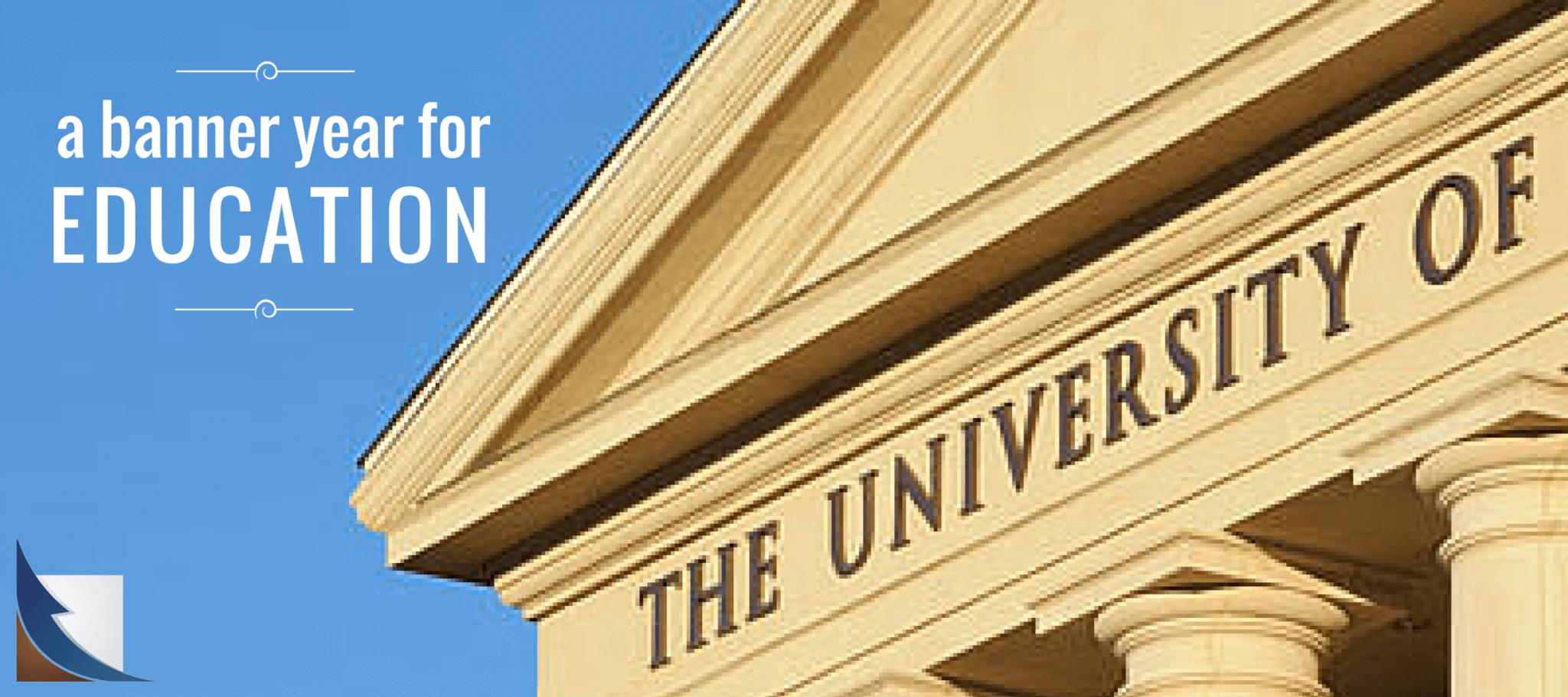In 2014, a year that saw unprecedented charitable giving, how did education fare? Pretty darned well, according to Giving USA 2015: Annual Report on Philanthropy for the Year 2014. Last year Americans gave $54.62 billion to educational institutions, the second largest amount of charitable giving among all the nonprofit sectors. Total charitable contributions in 2014 were $358.4 billion, according to the report, which tracks and analyzes trends in charitable donations.
The report points out that giving to education continues to be strong, and to higher education in particular. Education attracts more donor dollars than any other category except religion. Contributions to education in 2014 totaled the highest value recorded to date, rising 4.9 percent from 2013 (in current dollars). These numbers are particularly interesting with regard to higher ed. Data from the Council for Aid to Education’s Voluntary Support of Education Survey found that alumni giving to their alma maters is at an all-time low. What this means is that fewer people are making gifts to their colleges or universities, but the size of these gifts, and gifts from non-alumni, have increased.
Last year was a particularly good year for higher education mega-gifts, many in support of higher education capital campaigns and medical research initiatives. Three of the top ten gifts in 2014 went to higher education, according to an annual list compiled by the Chronicle of Philanthropy. They included $350 million to the Harvard School of Public Health, $150 million to Harvard for financial aid, and $110 million to Thomas Jefferson University, for the medical school.
Rutgers, New Jersey’s own state university, completed the largest fundraising campaign in the university’s nearly 250-year history in December 2014, raising more than $1 billion for a variety of academic projects. A single anonymous individual gave more than $40 million to the Rutgers fundraising campaign.
What are donors looking for in the higher education subsector? Many want their gifts to be ‘transformative,’ to have an impact on society. What better place to look than a university? Great universities do transform society with their capacity to make amazing discoveries, produce great works of art, lift people out of poverty through learning, and solve some of the world’s most serious and intractable problems. Universities also have the advantage of being broad in the scope of their offerings. They present a variety of opportunities where charitable dollars can make a difference: the arts, medicine, law, business, scholarships, capital campaigns, and more.
What does this mean for development professionals working in higher education? Think large, focus on developing transformative concepts, and be sure you tell your story well. Philanthropists are more interested in an institution’s grand vision than its need, so refine your case for support messaging to reflect your achievements and the transformative power of education. Do research to find potential philanthropic partners who share your institution’s vision, and work hard to establish those relationships. Last, maintain contact with alumni even though many, particularly the millennials, are less inclined to be loyal to their alma maters than previous generations of givers.
Also keep in mind that it’s not just individual donors who are giving more money to charity. Adjusted for inflation, giving by corporations increased 11.9 percent in 2014. Moving forward, corporate giving to education will increasingly be targeted to strategic partnerships with universities. So again, do your due diligence to identify corporations that might be interested in your institution’s current and future initiatives.
We’ll continue our conversation about Giving USA in our next blog post.


